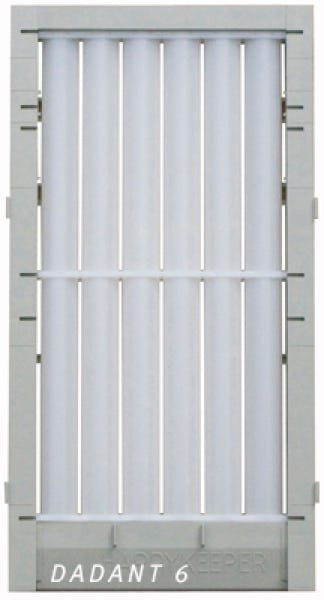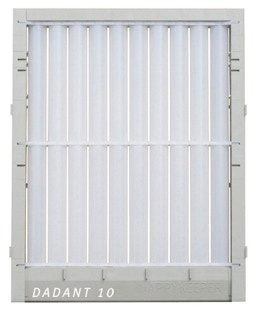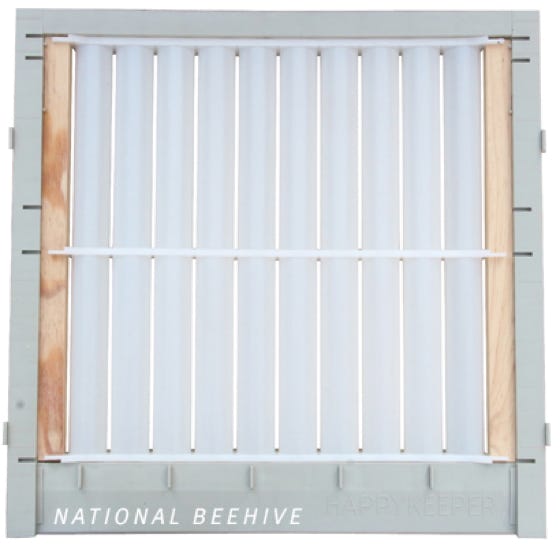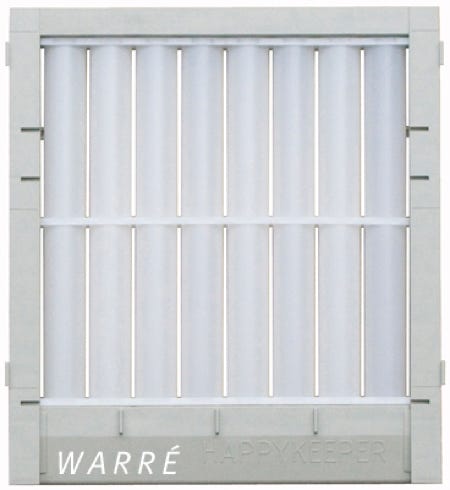
With
HAPPYKEEPER
All bee breeds are resistant to
Varroa !




HISTORY OF THE TUBES BOTTOM BOARD
The TUBES BOTTOM BOARD was invented in 1993 by Marcel Legris, a beekeeper from Marseille (south of France). At that time, it was discovered that numerous feral bee colonies survived without any anti-Varroa treatment, and it was believed that the reason was that a certain amount of Varroa mites fell out of the cluster to disappear under the colony in places unvisited by the bees. The tubes bottom board was created to reproduce these conditions.
The Legris design was made with rigid tubes fitted into holes inside the wood on each side. The tubes were expensive and manufacturing was complicated. The lack of profitability quickly caused Mr. Legris to abandon this business.
Having bought some of these boards, I personally made careful observations particularly on Varroa mites infestation, strength of the colonies in spring and honey production. My discoveries motivated me to research a more economical design for the board.
This was accomplished in 2002 when I rolled out the new tubes bottom board under the “HAPPYKEEPER” brand name. The tubes were no longer fitted into holes inside the wood but instead held by three struts punched from plastic sheets. It then was possible to use more cost effective polyethylene tubes on which nothing would stick. The tubes are not rigid or perfect, so a strut must be placed in the middle to keep them parallel.
After four years, a recent development has compelled me to replace the punched struts with molded struts on the Dadant 10f/Langstroth models. The overall quality of the board is greatly improved.
Finally, in 2016, the wooden frame was replaced by a polyethylene frame that allows the realisation of a wide variety of formats.